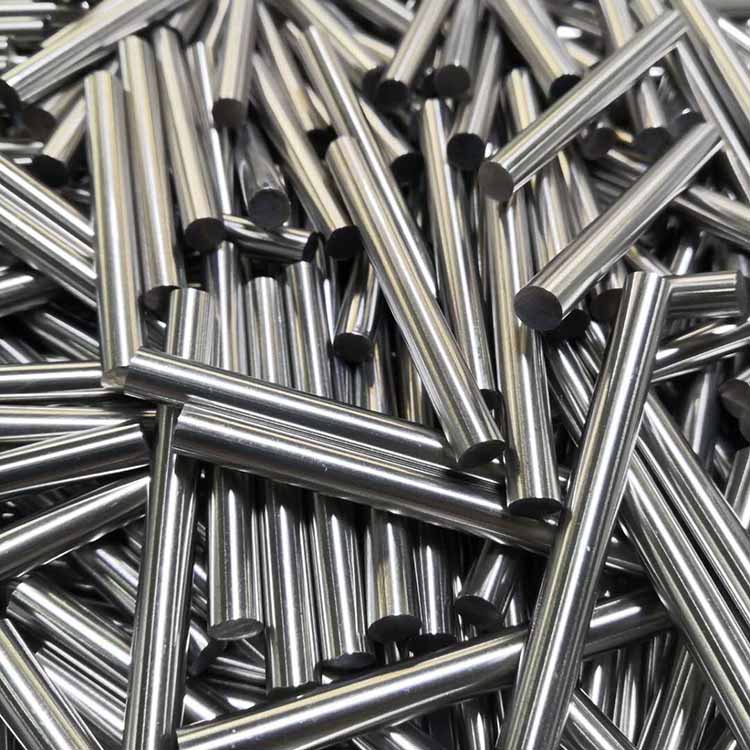16/01
Development History Of Tungsten
Share us:
Tungsten is a non-ferrous metal. Tungsten ore was called "heavy stone" in ancient times. China is the largest tungsten storage country in the world.
In 1781, scheelite was discovered by Swedish chemist Carl William Scheler and a new element acid - tungstic acid was extracted. In 1783, scheelite was discovered by the Spaniard Depulya and tungstic acid was also extracted from it. In the same year, tungsten powder was first obtained by reducing tungsten trioxide with carbon, and the element was named “Tungsten”. The content of tungsten in the crust is 0.001%. There are 20 kinds of tungsten minerals found. After smelting, tungsten is a silvery white shiny metal with high melting point and high hardness.
In 1900, high-speed steel was first exhibited at the Paris World Expo. Therefore, the extraction industry of tungsten has developed rapidly since then. The appearance of this steel marks a major technological progress in the field of metal cutting and processing. Tungsten has become the most important alloying element.
Russian inventor in 1900 А.Н.Ладыгин First of all, it is recommended to use tungsten in lighting bulbs. In 1909 Кулидж Tungsten can be widely used in electric vacuum technology only after the process method based on powder metallurgy and pressure processing is formulated.
In 1927-1928, cemented carbide was developed with tungsten carbide as the main component, which is an important stage in the history of tungsten industry. These alloys have exceeded the best tool steels in all aspects and are widely used in modern technology.
Application:
About 50% of the tungsten ore mined in the world is used for smelting high-quality steel, about 35% for producing hard steel, about 10% for making tungsten wire, and about 5% for other purposes. Tungsten can be used to manufacture guns, nozzles of rocket propellers, armour piercing shells, metal cutting blades, drill bits, superhard molds, drawing dies, etc. Tungsten is widely used in mining, metallurgy, machinery, construction, transportation, electronics, chemical, light industry, textile, military, aerospace, science and technology, and other industrial fields.
 back to list
back to list

